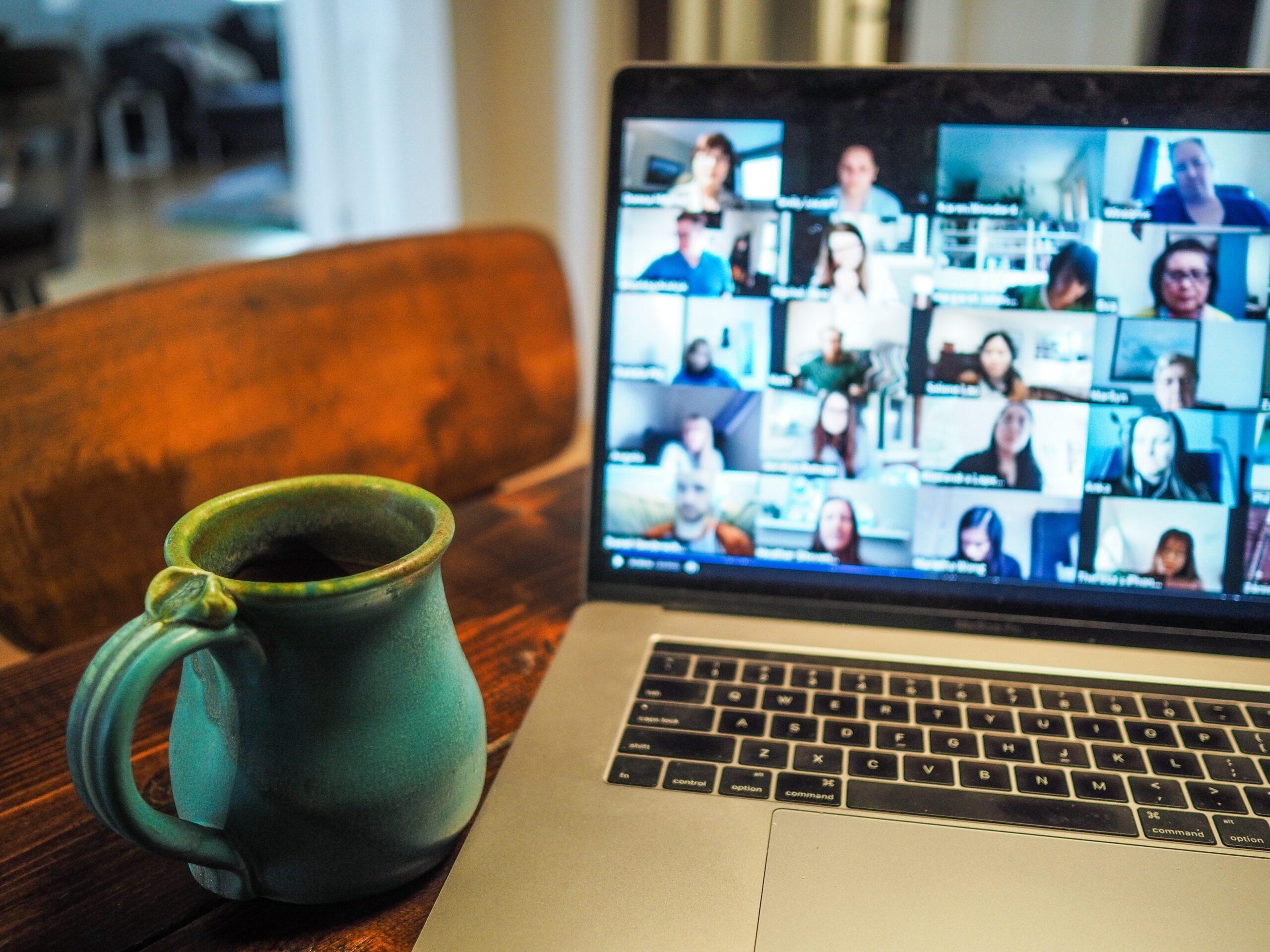
Remote working might have started almost as a necessary evil at the beginning of the pandemic. But, even as we return to a more normal lifestyle, many companies are retaining options for remote or hybrid work.
At PortMA, our team had already been working in a dispersed context for a few years before the pandemic, so we felt that we had some experience to share. In this blog (and its second part) we take a look at our approach and the tools we used to support the team.
Estimated reading time: 3 minutes
Who This Blog is For
Every business is different and has its own requirements when it comes to organizing teams. However, if your company employs knowledgeable workers and your ideas are essentially the product of your labors, this model will be useful. It works well for marketers, data analysts, and other businesses in connected areas.
We’ve split this blog into two parts: Part One will focus on tools we’re finding useful. Part Two will talk more about our general approach to remote work and why we believe remote offices still need to create connections.
(You can listen to the full episode of the podcast below.)
Let’s Talk About Tools
In our approach to remote working, we were trying to replicate behaviors that were normal in an office environment. So we started selecting tools that helped us achieve that.
1. Slack
There’s the idea that people say hello in the morning and goodbye when they leave at night. They acknowledge when to go for lunch, too. All these things still need to happen for a team to feel connected.
We started using Slack regularly and consistently to achieve that. It helped create a sense that we’re still connected to team members and that we are all working from the same page.
2. Sneek.io
Another tool I want to mention is sneek.io. Some love it, some hate it, and we found it useful. One of its features allows you to create a Brady-Bunch-style series of headshots where you look at everybody and they can look at you, too. It’s showing you who’s really at their desk and working.
Plus, sneek.io can detect whether there is activity coming from a person’s computer or how long it’s been since the person was actually at their desk. Granted, that can seem creepy, and even the name takes some getting used to.
We found that it created a real sense of unity and the feeling that you are actually working with other people. Clicking on a person’s head not only gave you a screenshot from the last minute. In addition, it automatically opened a video chat, giving you the equivalent of asking a quick question across the desk before going back to your work.
At its best, this tool is the equivalent of your office door being open.
3. Google Business Suite
Google Calendar is one product we use intensely as a team. It makes it easy to see who’s working and where they are. Are they at their desk or in a meeting? The calendar makes it easier to plan video calls between individual team members or the whole team.
These are just three examples of tools we have found useful in recreating the idea that everyone is working together in a team. They’ve helped us immensely, alongside a quite specific approach. More about that is in Part Two of this blog.

Additional Resources
FOR EXPERIENTIAL MARKETERS
- Experiential Measurement Blueprint
- Event Impression Calculator
- Experiential ROI Benchmarking Reports
- Event Measurement Video Tutorials
